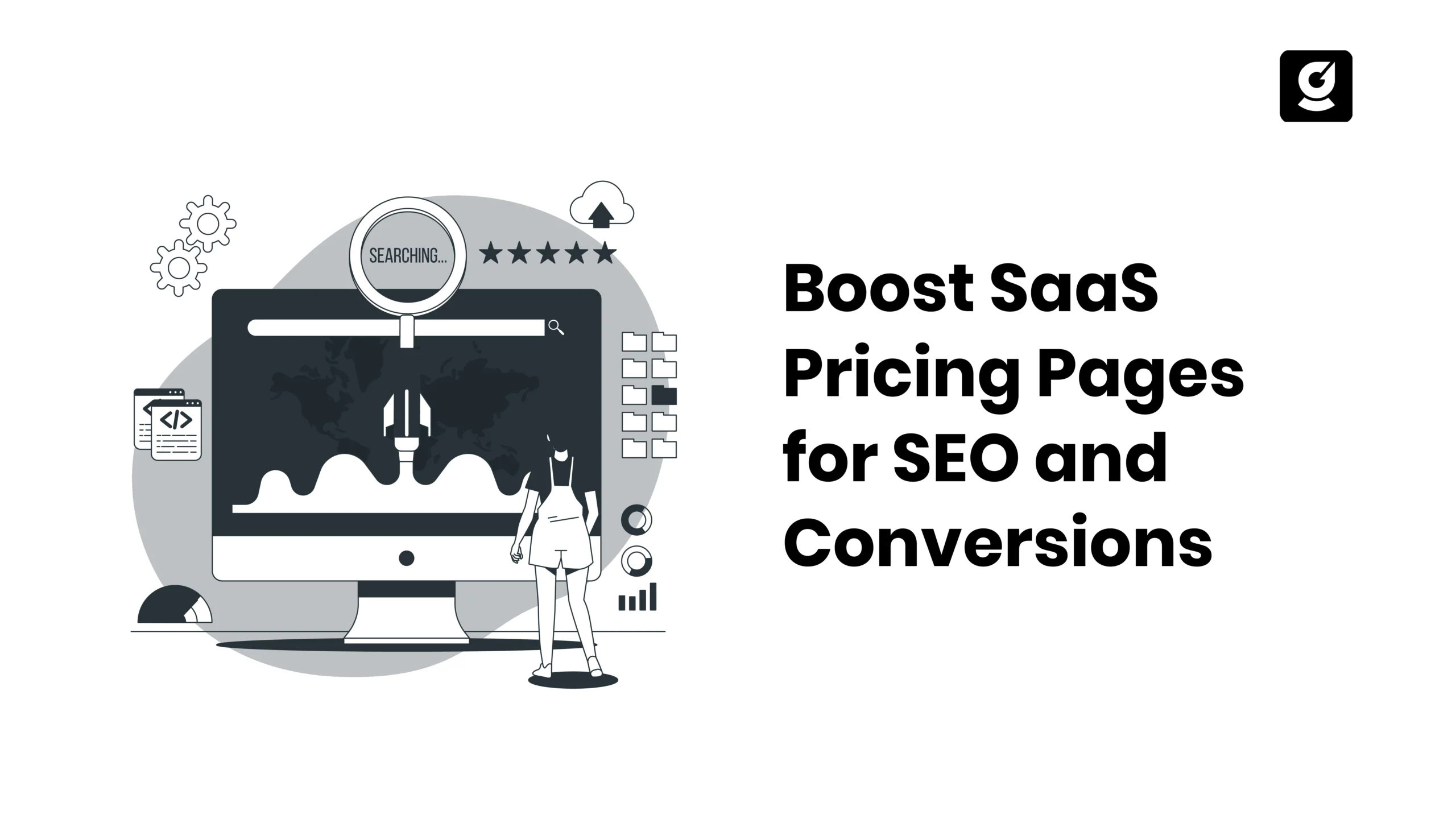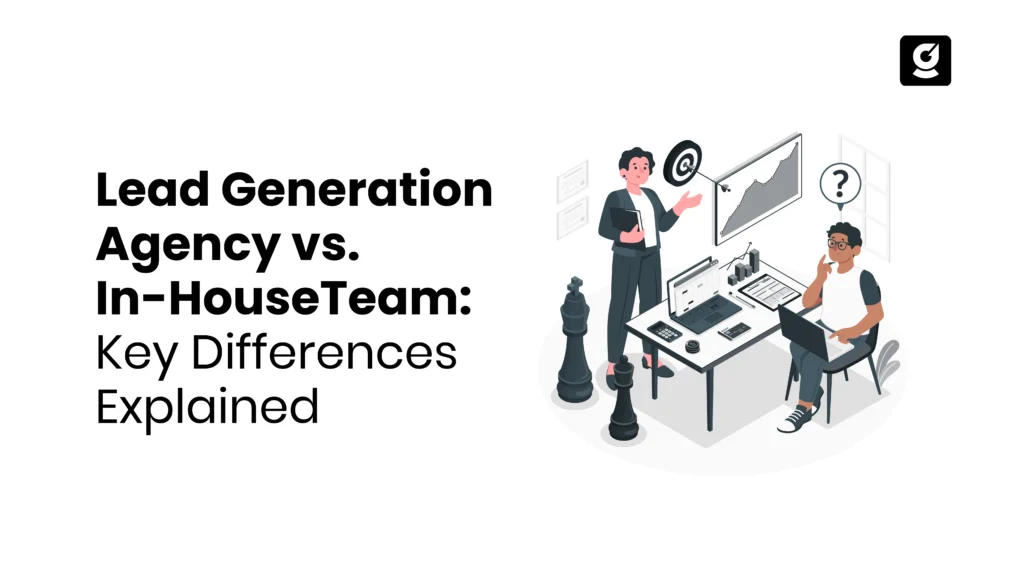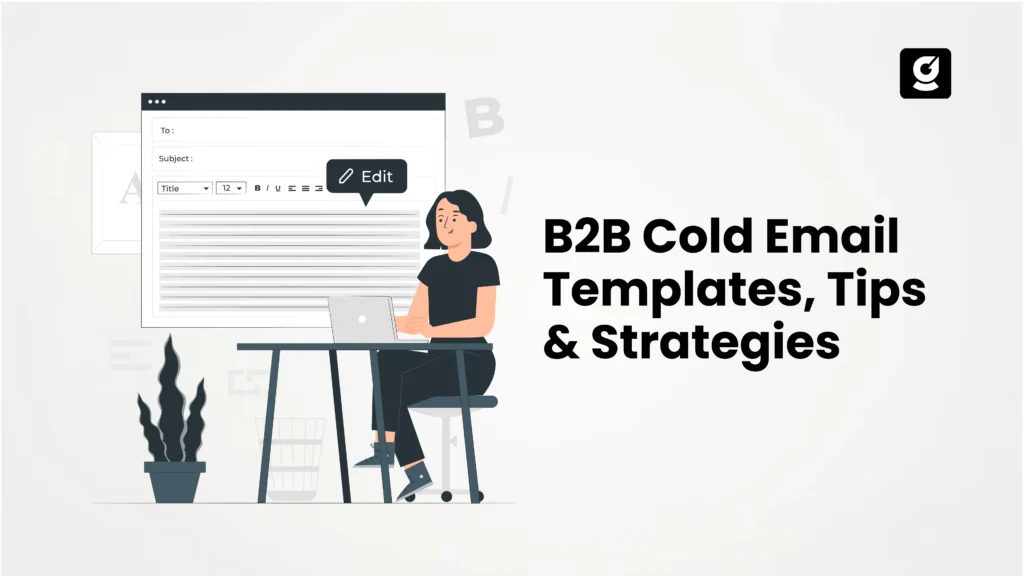How effective is your SaaS pricing page at turning visitors into customers? Studies state that companies that regularly test pricing page elements see an average 30% improvement in conversion rates within six months.
A potent pricing page must achieve two goals: rank well on search engines to attract qualified traffic and present pricing clearly to convert visitors into paying customers. Balancing these goals requires a mix of SEO strategies and conversion-focused SaaS website design.
This blog explores proven best practices for optimizing your SaaS pricing page. You’ll learn how to improve search visibility and create a user experience that smoothly guides prospects toward a purchase decision.
Why Your SaaS Pricing Page Matters in the Buyer Journey
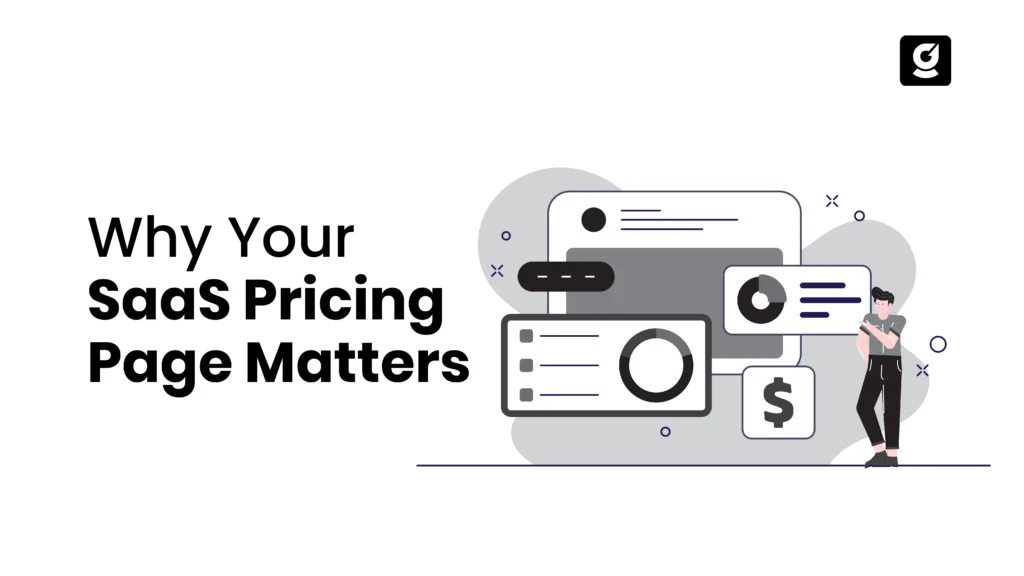
The SaaS pricing page is an integral part of the buyer journey. At this point, the prospects have completed their initial research, compared solutions, and are actively deciding which solution to pursue. The pricing page is where the prospects evaluate relative value, features, and cost related to their needs or requirements related to what your product offers.
As a SaaS marketing agency, we understand how important this touchpoint is. The pricing page serves as the primary reference point for prospective customers, helping them understand the value they will receive in return.
Balancing clarity, trust, and persuasion is key to keeping prospects engaged and moving toward conversion.
- Clear and Simple Pricing: It presents pricing tiers in a straightforward format. Avoid clutter or confusing terms that could distract or frustrate visitors.
- Transparent Information: List features and benefits clearly for each plan, making it easy to see what’s included.
- Trust Signals: To build confidence, add testimonials, customer logos, or guarantees. Showing that others trust your product can reduce hesitation.
- Strong Calls to Action: Guide visitors on the next step, such as signing up for a trial or requesting a demo, with clear, visible buttons.
SEO is essential in driving qualified traffic to your SaaS pricing page.
- Keyword Optimization: To improve search rankings, naturally include relevant terms like “saas pricing page” in titles, headers, and content.
- Qualified Visitors: Ranking well for pricing-related keywords attracts visitors ready to evaluate and purchase, increasing the likelihood of conversion.
- Content Structure: Organize the page so that it is easy for search engines to scan and index it, improving visibility and user experience.
A well-optimized pricing page is not just about showing prices—it’s a key tool for guiding prospects toward becoming customers.
Key Elements of an Optimized SaaS Pricing Page
Creating an effective pricing page for SaaS requires focusing on clear communication and user experience. Each element should help visitors understand your offerings quickly and encourage them to take the next step.
- Clear, Straightforward Pricing Tiers and Features Comparison:
Organize your pricing into distinct plans with easy-to-read tables or sections. Highlight differences between tiers to help visitors identify which plan suits their needs. Avoid clutter and keep comparisons simple.
- Benefit-Focused Language Over Technical Jargon:
Explain features in terms of how they solve problems or add value, rather than using complex technical terms. It makes it easier for potential customers to grasp the advantages of each plan.
- Transparent Pricing with No Hidden Fees or Surprises:
Be upfront about all costs, including setup fees, overage charges, or contract terms. Transparency builds trust and reduces friction during decision-making.
- Strong Call-to-Actions (CTAs) That Guide Users:
Place clear, action-oriented buttons such as “Start Free Trial,” “Request a Demo,” or “Buy Now” prominently on the page. Effective CTAs direct visitors toward conversion without confusion.
- Responsive and Fast-Loading Design:
Ensure the pricing page works smoothly across devices and loads quickly. A responsive design improves user experience and reduces bounce rates, helping keep visitors engaged.
Each of these elements contributes to a pricing page that informs visitors clearly and supports their path to becoming customers.
SEO Strategies to Rank Your SaaS Pricing Page

Achieving high visibility for your pricing page for SaaS in search engine results requires a strategic approach that combines keyword optimization, technical SEO, and user experience enhancements. The following strategies can significantly improve your page’s ranking and conversion potential.
- Target Relevant Keywords Naturally:
Include the leading “SaaS pricing page” keyword and all relevant long-tail keywords in your text, including titles, headers, and paragraph text. The best practice is to align your page with your users’ search requests. It will help its relevance in search engines.
- Optimize Page Titles, Meta Descriptions, and Headers:
Craft compelling page titles and meta descriptions that accurately reflect your content and include relevant keywords. Use header tags (H1, H2, H3) to structure your content logically, making it easier for search engines to index and for users to navigate.
- Use Semantic HTML for Clear Structure:
Employ semantic HTML elements to enhance the clarity of your content. Proper use of tags like <article>, <section>, and <footer> helps search engines understand the context and hierarchy of your information, potentially improving your page’s SEO performance marketing.
- Include an FAQ Section:
An FAQ section answers many frequently asked questions your audience will have concerning your pricing plans. It will inform your audience and can increase your page’s visibility because it increases the likelihood of being included in Google’s featured snippets.
- Implement Schema Markup:
Use structured data to mark pricing information, such as product name, price, and availability. Schema markup helps search engines display rich snippets, improving click-through rates and providing users with more detailed information directly in search results.
- Build Internal Links:
Link to your pricing page from other relevant pages within your website, such as product descriptions, blog posts, and the homepage. Internal linking distributes page authority and makes it easier for search engines to crawl and index your content.
- Ensure Mobile-Friendliness and Fast Load Speed:
Optimize your pricing page for mobile devices, ensuring it is responsive and provides a seamless user experience across all screen sizes. Additionally, improve page load times by compressing images, leveraging browser caching, and minimizing JavaScript. Studies have shown that a one-second delay in page load time can result in a 7% reduction in conversions, highlighting the importance of speed in user retention and SEO rankings.
Implementing these strategies, Saas SEO agencies can enhance the performance of your SaaS pricing page, attracting more qualified traffic and improving conversion rates.
Conversion-Focused Design & Content Tips
An effective pricing page for SaaS combines a straightforward design with persuasive content to guide visitors toward taking action. The following elements help create a page that converts well by addressing user needs and removing barriers.
Clear Pricing Tables with Easy-to-Compare Features:
- Use consistent columns and rows to list plans and features side by side.
- Highlight popular or recommended items to draw attention.
- Avoid overwhelming visitors by limiting the number of plans to 3–4 options.
Add Social Proof Near Pricing:
- Place customer testimonials that mention benefits or results from your product.
- Show recognizable client logos to build credibility.
- Include brief case study links or quotes near the pricing section.
Offer Multiple Pricing Options:
- Provide plans for different business sizes or user needs (e.g., Starter, Pro, Enterprise).
- Include a pay-as-you-go or custom pricing option if applicable.
- Clearly state what’s included in each tier to reduce confusion.
Use Urgency or Limited-Time Offers Carefully:
- Highlight discounts or bonuses with precise expiration dates.
- Avoid using urgency on every plan to maintain authenticity.
- Ensure any time-limited offers are genuine and easy to verify.
Include Interactive Elements:
- Add pricing calculators where users can select features and see cost updates instantly.
- Use configurators to help users build custom plans suited to their needs.
- Offer instant quotes or estimates based on user input.
Provide Easy Access to Support:
- Include live chat buttons that are visible on the pricing page.
- Link to FAQs that address everyday pricing or billing questions.
- Offer contact options like email or phone for more complex queries.
Minimise Distractions:
- Simplify navigation by hiding unrelated menus or links.
- Avoid pop-ups that interrupt the user journey on the pricing page.
- Use whitespace and clean layouts to keep focus on pricing and CTAs.
These design and content choices create a smoother experience that helps prospects understand your offer and move confidently toward becoming customers.
How growth.cx Helps Optimize Your SaaS Pricing Page
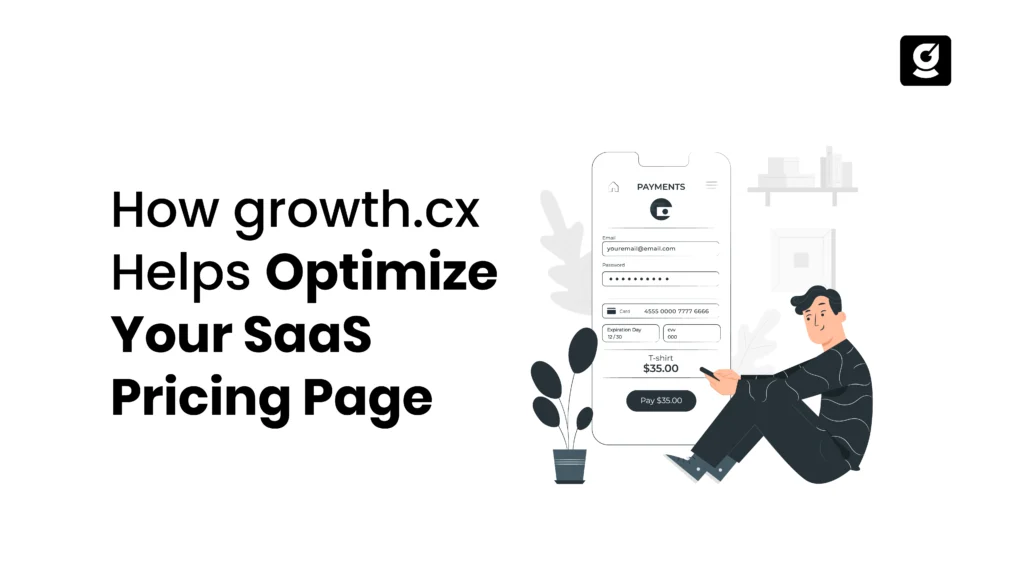
Optimizing your pricing page for SaaS is crucial for attracting qualified visitors and converting them into customers. growth.cx offers a complete Saas marketing platform tailored to help SaaS companies boost user acquisition and increase conversions.
SEO Analytics for In-Depth Monitoring:
- Track keyword rankings for terms like “SaaS pricing page” and related queries.
- Monitor organic traffic sources and user engagement on your pricing page.
- Identify SEO gaps and opportunities to improve content and visibility.
- Receive regular reports to stay informed on marketing SEO trends.
Conversion Optimization Tools:
- Use heatmaps to see where visitors click, scroll, and spend the most time on your pricing page.
- Run A/B tests on pricing tiers, headlines, and call-to-action buttons to determine what drives better engagement.
- Analyze user sessions to uncover friction points or confusion in the pricing layout.
- Collect feedback data to understand visitor behaviour and preferences more deeply.
Data Integration for Better Decisions:
- Connect growth.cx with CRM, marketing automation, and analytics tools you already use.
- Combine SEO and conversion data into a single dashboard for comprehensive insights.
- Use integrated data to track the entire customer journey from discovery to conversion.
- Make informed adjustments to the pricing page content and design based on holistic data.
Proven Results in SaaS Pricing Optimization:
- Helped a SaaS client analyze user interaction and test pricing page variations.
- Guided changes in pricing tier presentation that boosted trial sign-ups by 25% within three months.
- Enabled continuous improvements through data-driven insights rather than guesswork.
- Supported long-term growth by aligning SEO efforts with conversion goals.
By using growth.cx, SaaS businesses gain the tools and insights to optimize their pricing pages effectively. It leads to better search rankings, increased qualified traffic, and higher conversion rates.
Measuring Success: KPIs for SaaS Pricing Page Optimization
Tracking the correct performance indicators is essential to understanding how well your pricing page for SaaS meets its goals. Monitoring these key metrics helps you identify what’s working and where improvements are needed.
Organic Search Traffic and Keyword Rankings:
- Measure the number of visitors coming to your pricing page through search engines.
- Track rankings for target keywords like “SaaS pricing page” to see if your SEO efforts are practical.
- A steady increase in organic traffic usually indicates improved visibility and relevance.
Bounce Rate and Time Spent on Page:
- Bounce rate shows the percentage of visitors who leave without interacting further. A high bounce rate might mean your pricing page isn’t clear or engaging enough.
- Time on page reveals how long visitors stay reading your pricing details. Longer times often suggest the content is valuable and holds attention.
Click-Through Rates on CTAs:
- Monitor how often visitors click call-to-action buttons such as “Start Trial” or “Request Demo.”
- High click-through rates indicate effective messaging and clear guidance toward the next step.
Trial Sign-Ups or Demo Requests Originating from Pricing Page:
- Track the number of visitors who register for a trial or request a demo directly from your pricing page.
- These are strong indicators of interest and intent to evaluate your product further.
Conversion Rate to Paying Customers:
- Measure the percentage of visitors who complete a purchase after visiting the pricing page.
- Improving this rate reflects successful pricing strategies and persuasive content.
By regularly reviewing these KPIs, you can make data-driven decisions to refine your SaaS pricing page and maximize its impact on growth.
Conclusion
A well-crafted pricing page for SaaS balances SEO and conversion strategies to attract exemplary visitors and turn them into customers. Focusing on both ensures your pricing page ranks well while providing a smooth user experience that encourages action.
Regular audits and ongoing optimization are vital. Testing different layouts, messaging, and SEO elements helps keep your pricing page effective and aligned with changing customer needs.
growth.cx offers strategies to support these efforts, combining AI SEO analytics and conversion insights in one platform. Explore growth.cx website to make informed decisions that drive progress and improve your SaaS pricing page’s performance.
Start optimizing your pricing page today with growth.cx and see the difference data-driven growth can make.
